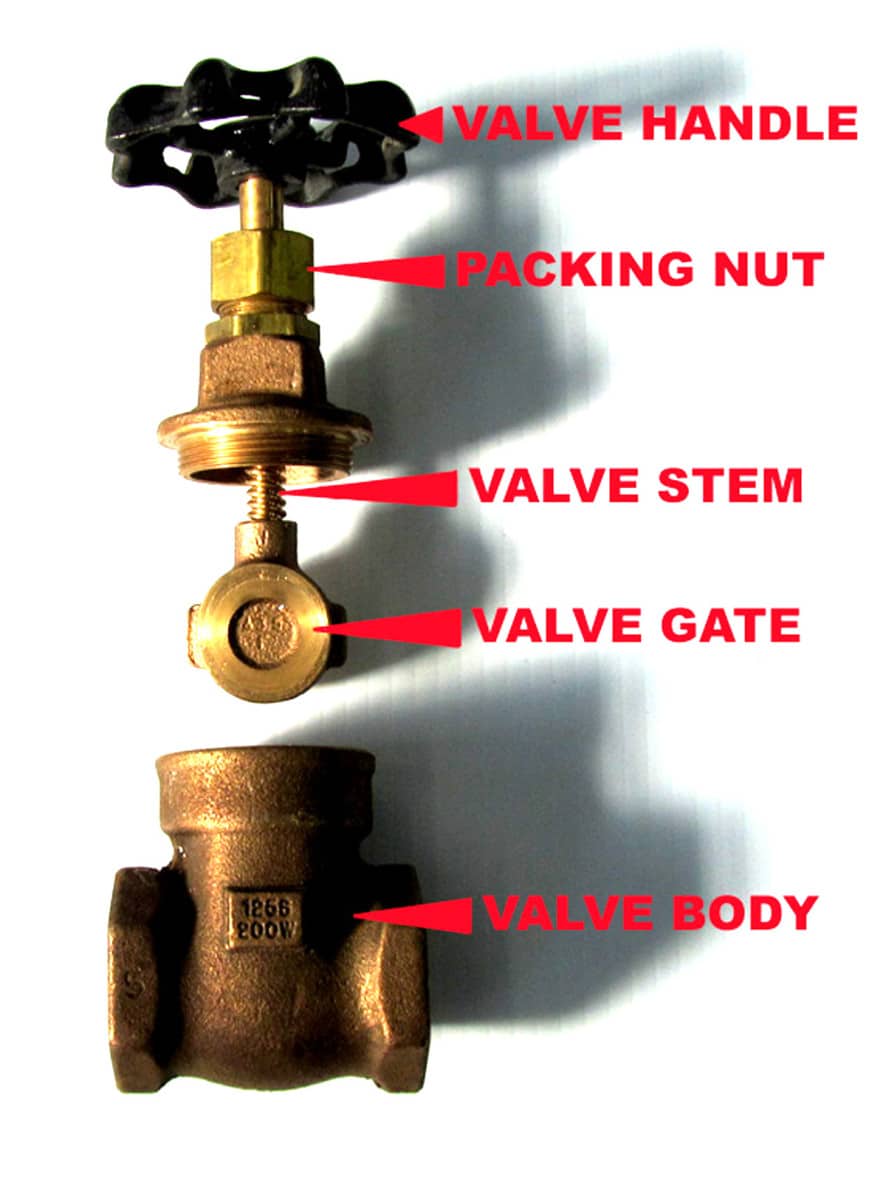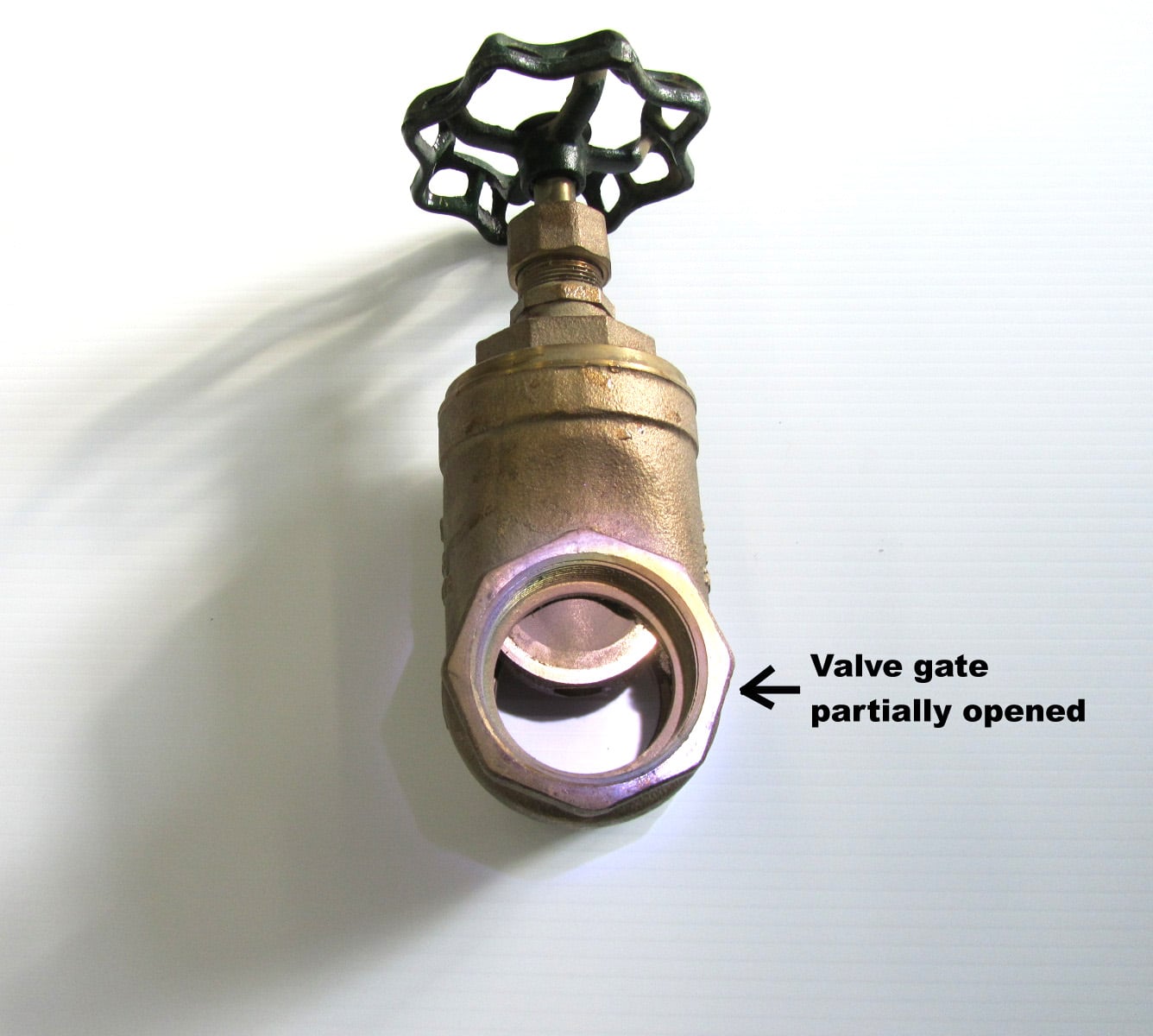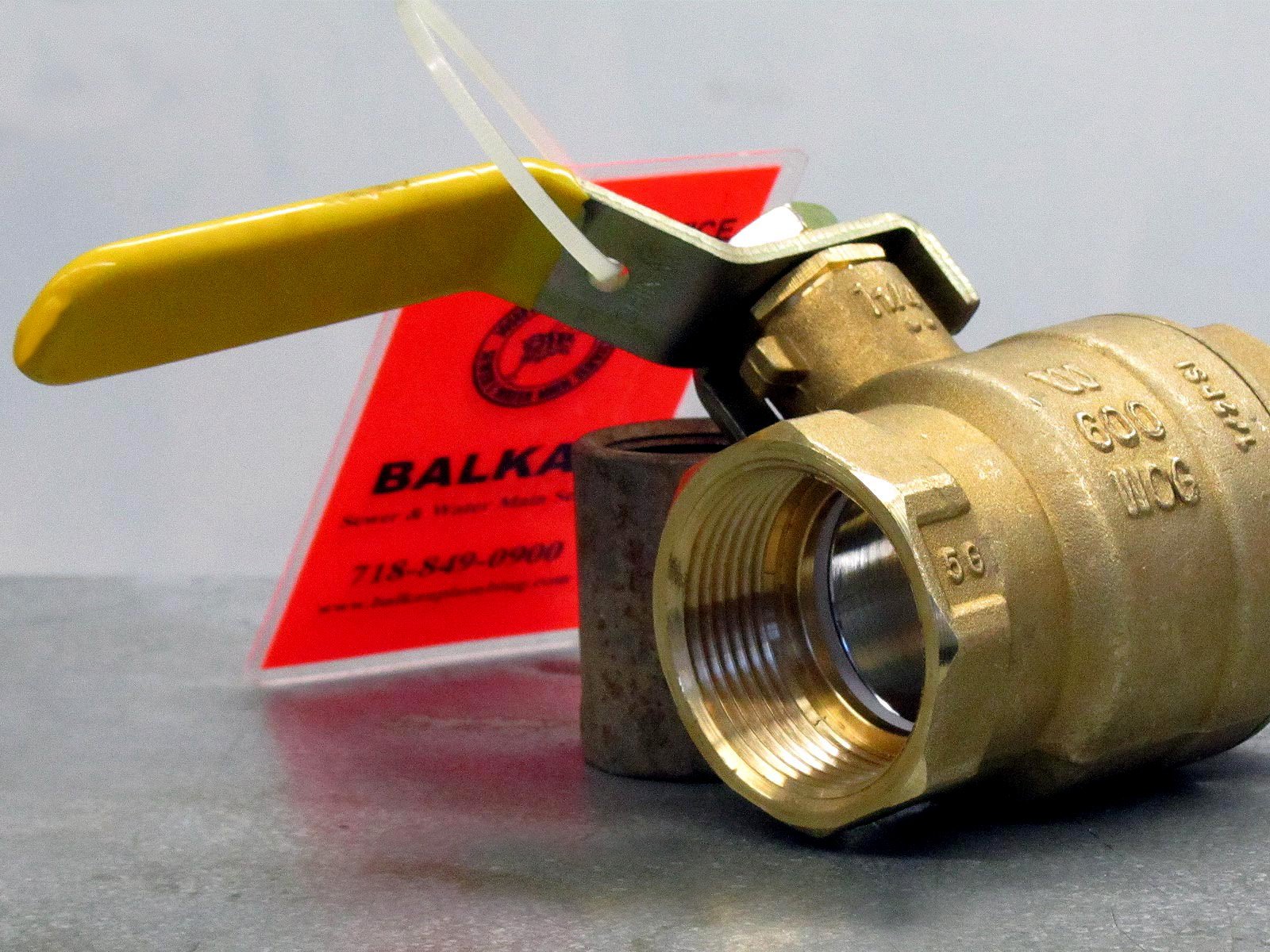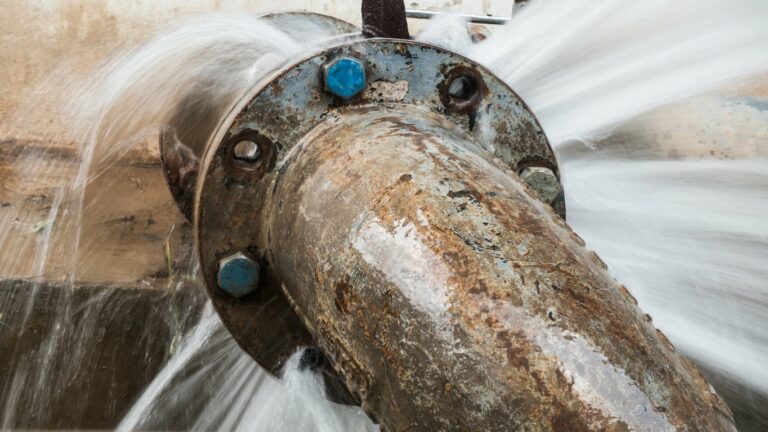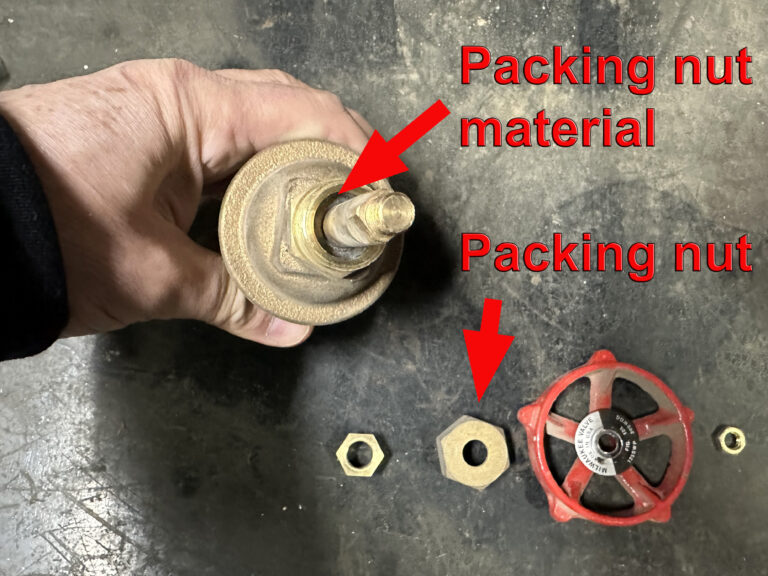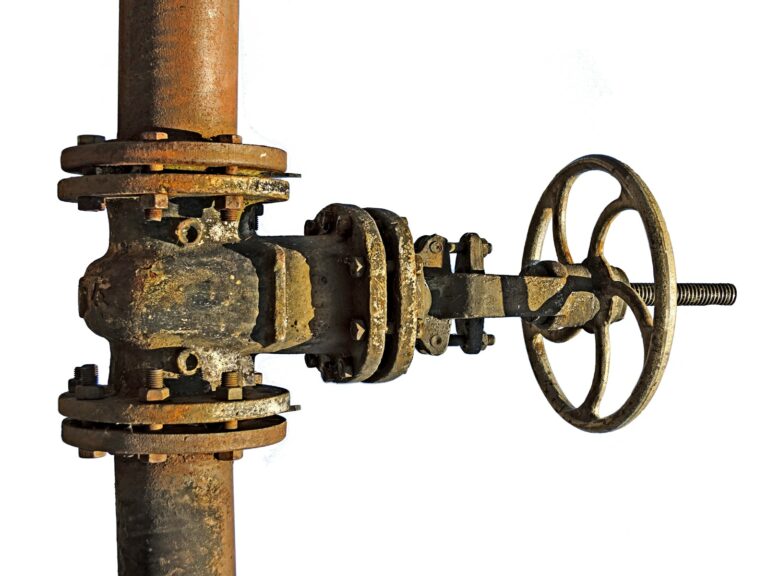Locating and knowing how to close a water shut-off valve for your house water service is useful information. It is also something that requires some knowledge, and some care. Many times this seemingly simple task has resulted in a property owner being left with no water service for their premises.
In other cases, if you mishandle a water valve, it can result in the need for a major water main repair. Following some of the simple instructions below can save you a lot of aggravation, money, or having to call a plumber to do a costly water line repair.
The main control valve for a house is typically located on the inside front wall of the basement, or inside an access pit closest to the public roadway. Sometimes there may be a cabinet with an access door built around the main valve. In NYC most houses and properties now have approved water meters installed. Since there is a valve on either side of the meter, you have two more options to close a water shut-off valve.
In that case, there can be up to three two shut-offs present. There may be two valves on the street side of the meter and one on the house side of the meter. A typical “meter set” diagram is listed just below. Understanding this is important when you need to close a water shut-off valve in an emergency.
Locating The Main Control Water Valve
First you’ll need to locate the main water shut-off valve in your house. Follow the below diagram or if you need more help read our blog post titled “Where is the Main Water Shut-Off Valve In Your House“.
How To Close A Water Shut-Off Valve Step 1: Which Valve to Close
Whenever there are two or more main valves present, always close the one closest to the inside of the house. This is most important because if the valve is faulty or breaks, then the street-side valve acts as a backup. This would then allow you to still close the water, and repair the faulty valve.
On the other hand, if the street-side valve is used and breaks, or is faulty, the roadway may have to be opened. Needless to say, any time a water main repair is required, it is a costly affair. Therefore, never operate the street side valve unless there is no other option. That said, it is advisable to exercise all water valves in your home about once a year. If any of them seem balky, never use brute force. That is when finesse, knowledge, or a professional may be needed. Try not to a water shut-off valve closest to the street. If it breaks the roadway may have to be opened to shut the water and replace it.
How to Close The Main Control Valve
Most main valves are now of the ball-type variety. They are as a rule the most dependable and easy to operate. Since the mechanism to operate the device is a bored-out metal ball only 1/4 of a turn of the handle is required to close a water shut-off valve when it is a ball-type valve. There is usually a directional handle to instruct you in which direction to turn the handle on a ball valve. When a ball-type valve is used in NYC, it is required to be a “full port” opening, meaning the flow of water is not restricted in any way.
In the case of a gate valve, numerous clockwise turns will be required to lose it. The number of turns depends on the size of the valve. Extra care must be taken with a gate valve as there is a stem that connects the handle to the gate. The stem of a valve can be broken unless care is taken. Always apply even pressure to turn the handle, and never jerk a main control valve or use excessive force.
If the stem snaps the shut-off valve becomes non-operational. If the stem snaps with the gate in the closed position a main valve cannot be repaired and the water main service will be interrupted. This is another example of why knowing how to close a water shut-off valve is important information for any property owner.
The Importance of a High-Quality Water Valve
A typical high-quality main valve (shut-off valve) costs a water main contractor less than $20.00 and should last for decades. Of course, as with most plumbing parts, that is if it is not abused. Frequently just a visual inspection can determine if one valve is better than another. Some things to look out for are its rating (listed on the valve body), it may have a thicker stem, or a heavier body. Most important of all perhaps is the rating which is clearly written on the side of the valve body.
There is no reason to skimp on this vital item to save a couple of dollars. As a side note, ball valves have proven to be much more reliable and trouble-free than typical gate valves. Ball valves are also much simpler to operate
As mentioned previously, the NYC DEP code requires ball valves to be full-port opening valves, which do not restrict the flow of water into the property. Saving a dollar or two on a ball valve that restricts the flow of water makes no sense when considering which shut-off valve to install as the main valve. You might be an expert at how to close a water shut-off valve, but using inferior material can still result in unneeded rapier work.
For more sewer and water line information visit the Balkan Sewer and Water Main Resource Page.

